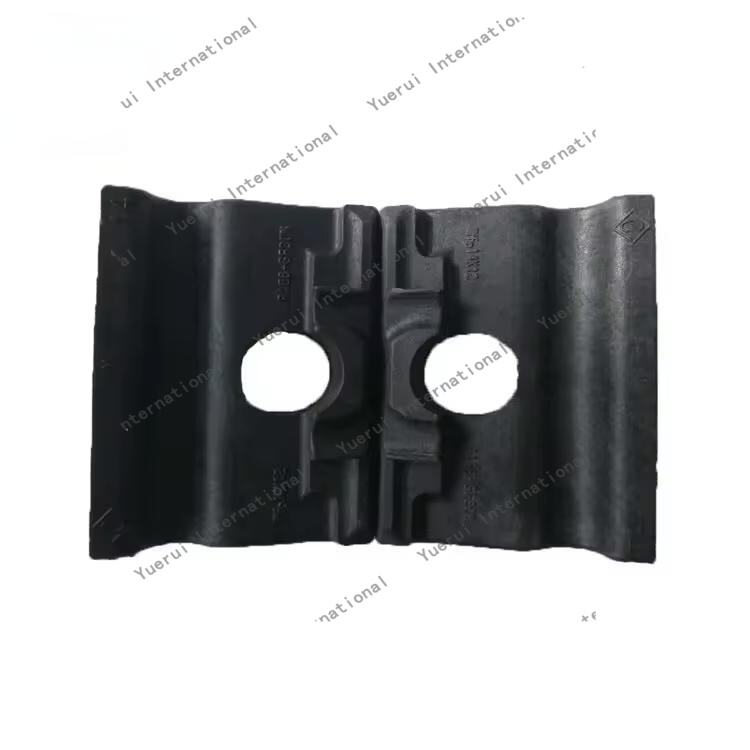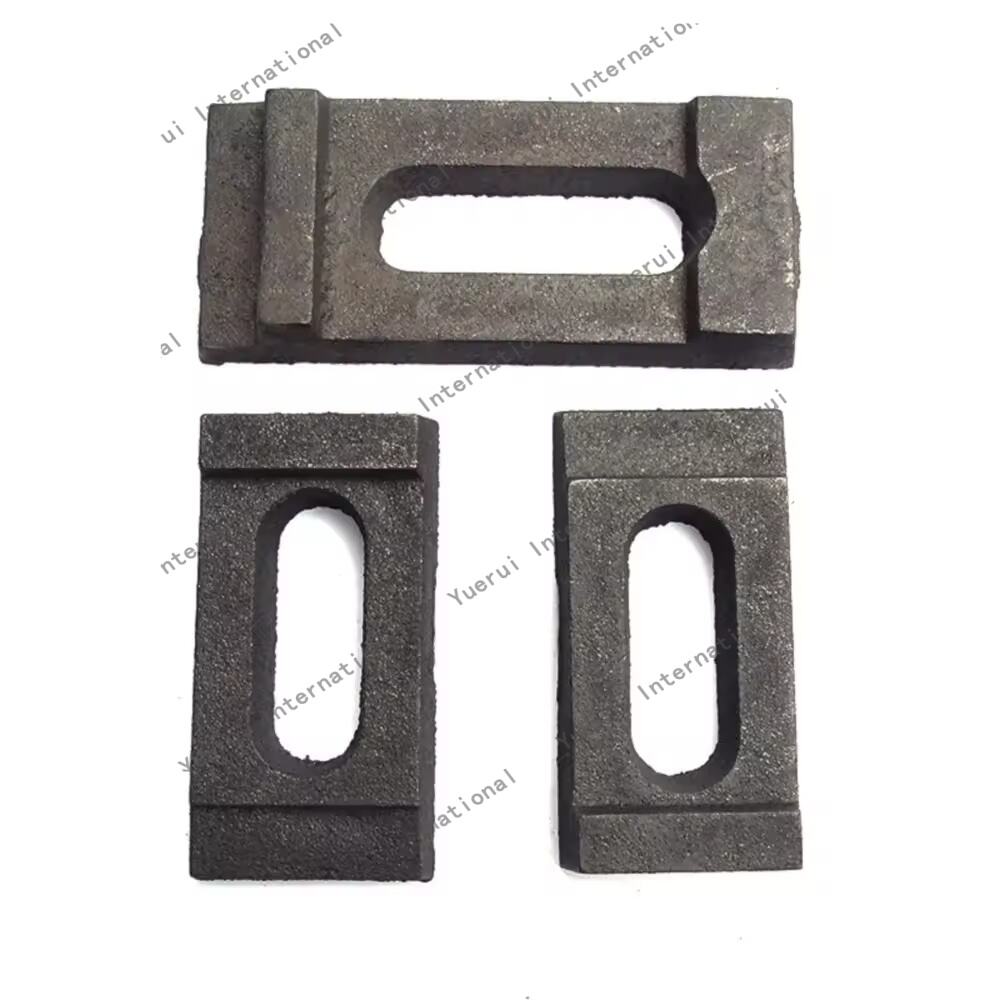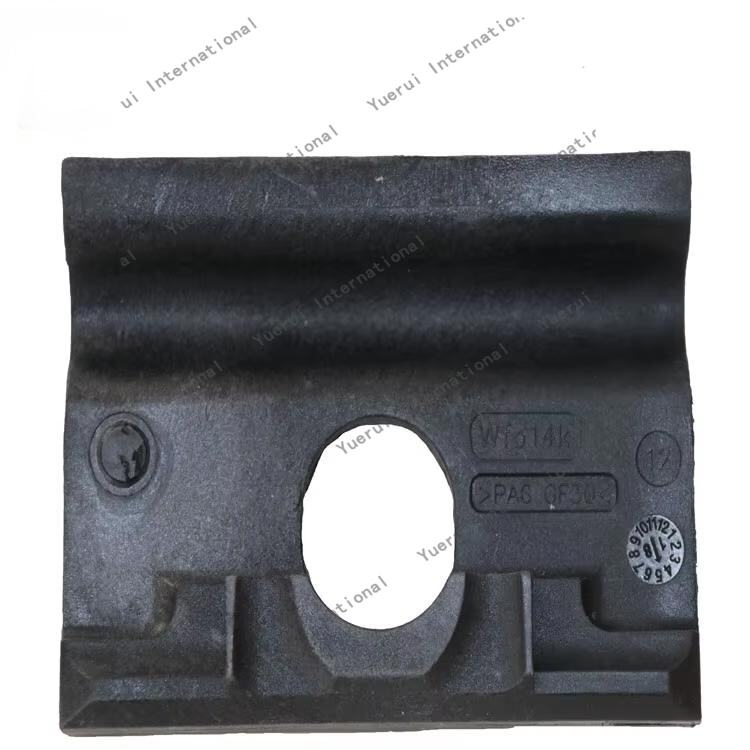adjustable gauge block
An adjustable gauge block represents a precision measurement instrument that combines accuracy with versatility in dimensional metrology. This sophisticated tool consists of a main body with an adjustable element that can be precisely controlled to achieve specific measurements within its range. Unlike traditional fixed gauge blocks, these adjustable versions allow users to fine-tune measurements to exact specifications, making them invaluable in quality control and manufacturing processes. The device typically features a highly precise adjustment mechanism, often incorporating a micrometer head or similar control system, enabling measurements to be modified in increments as small as 0.0001 inches or finer. The construction typically utilizes high-grade steel or ceramic materials, specifically chosen for their dimensional stability and resistance to wear. These materials ensure consistent performance across varying temperature conditions and extended use. The measuring surfaces are generally lapped to achieve exceptional flatness and parallelism, crucial for accurate measurements. Modern adjustable gauge blocks often include digital displays or electronic measuring systems for enhanced precision and ease of use, though mechanical versions remain popular for their reliability and simplicity.


